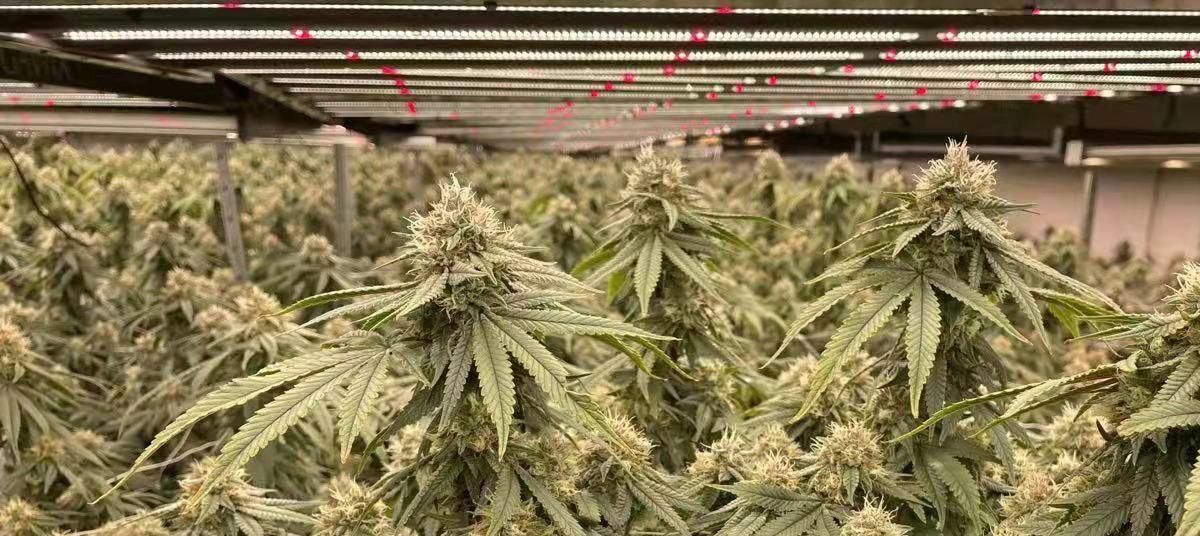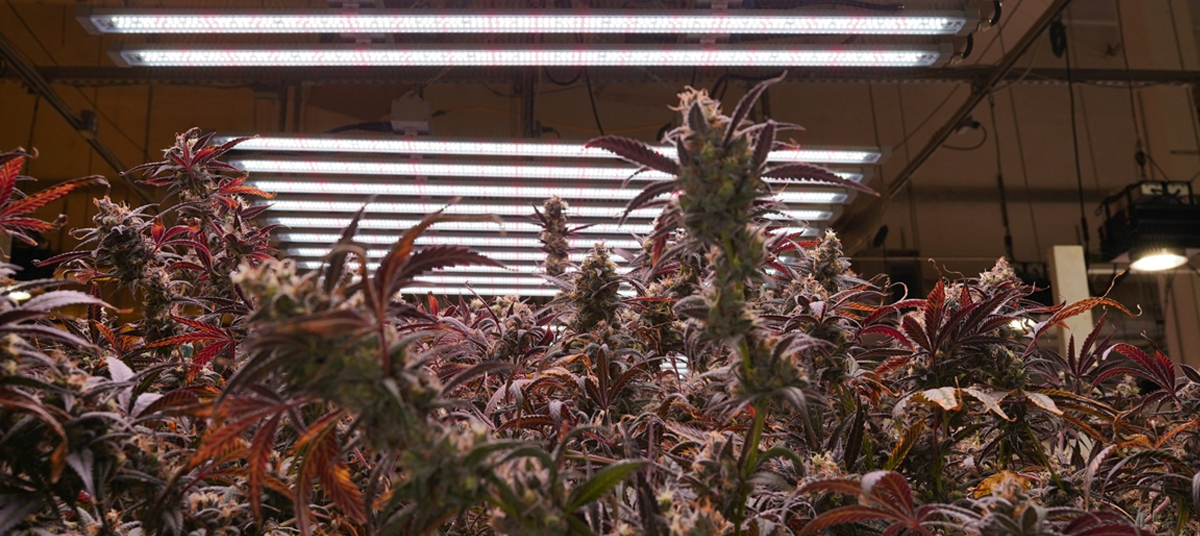Many friends often ask me, “Are LED growth lights useful for plants?” and “Can they really accelerate plant growth?”If we want to understand whether LED lights can work on plants, we need to understand its principles, including how growth lights promote plant growth and so on.
1. How LED grow lights work
Imagine if you were a plant and the LED grow light was like your personal sun. These little lights are actually made up of a group of tiny light-emitting diodes (LEDs), each of which is like a miniature spotlight that lights you up. Compared to those clunky old grow lights, LED lights are more like something straight out of a science fiction movie—they’re more energy efficient, produce low heat (meaning you won’t get too anxious about getting too hot), and last a long time It’s amazing (it’s like buying a good car and driving it for several years).
The working principle of LED grow lights is like customizing a high-end menu for plants. Did you know that plants are actually picky eaters and they only like certain colors of light (mainly red and blue light). Red light is like an energy drink for plants, allowing them to bloom and bear fruit; blue light is more like health food, promoting healthy growth of leaves. LED lights are like a chef who can adjust the spectrum and prepare a perfect light color "menu" according to the needs of plants.
2. How LEDs simulate the spectrum of natural light to promote plant growth
If natural sunlight is like a grand outdoor barbecue party, then LED grow lights are like a multifunctional microwave oven at home. They simulate the "flavor" of natural light, making plants feel like they're outdoors enjoying the sunshine. LED lights ensure plants get everything they need by mixing different colors of light, like a complex cocktail.
Do you know why plants like blue light and red light? It's just like humans like to drink coffee in the morning and hot milk in the evening. Blue light is like morning coffee for plants, leaving them refreshed and growing leaves with vigor. Red light is like hot milk that helps them relax, promoting flower blooms and fruit ripening. By adjusting the "recipe" of these lights, LED grow lights ensure that plants get what they need from morning to night, thereby promoting plant growth.
More importantly, LED lights can also simulate the effects of sunrise and sunset, allowing plants to experience a "natural" day and night cycle. It's like making a virtual reality game for plants to make them think they're growing outdoors, even though they're actually in your living room or basement.

3. The specific impact of LED growth lights on the plant growth cycle
Under LED lighting, the photosynthetic efficiency of plants is significantly improved because LED lights can provide a light source that is closer to the optimal wavelength for plant photosynthesis. For example, under the illumination of LED lights, the germination time of plant seeds is shortened, the growth rate is accelerated, and the biomass is increased. These changes not only increase crop yields but also shorten the time from sowing to harvest.
In addition, LED lights can also affect the flowering time of plants by adjusting the photoperiod and light intensity. This is especially important for those plants that are photoperiod sensitive, as their flowering time is affected by day length. By using LED lights, agricultural producers can more precisely control the growing environment of plants and achieve year-round production without seasonal restrictions, thereby greatly improving agricultural efficiency.

After some exploration, we found that LED growth lights are not only an accelerator of plant growth, but also make modern agriculture more efficient and convenient. LED grow lights are gradually changing the way we grow crops and making food production more reliable. If you want to know more about LED lights, you can click on the dialog box below to contact us~























